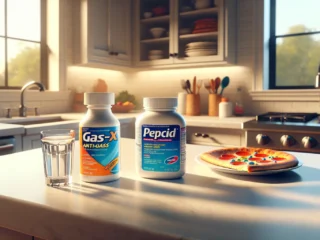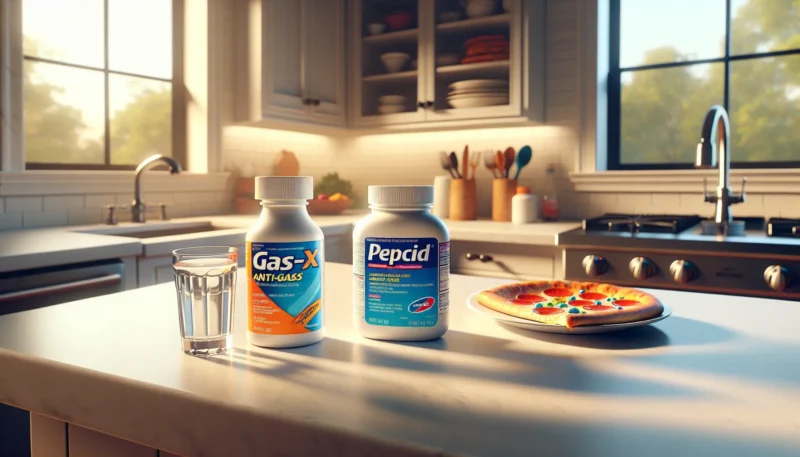
Ensuring the cleanliness and sterility of a laboratory environment is of paramount importance to achieve precise and dependable scientific research outcomes. The state of labware cleanliness serves as a pivotal factor in safeguarding the accuracy of experiments while simultaneously upholding the safety of researchers and the surrounding ecosystem.
In the US alone, lab mistakes occur 12 million times per year, coming down to 1 in every 20 patients. Because of this, whether you’re working in a school laboratory, a research facility, or a clinical setting, adopting proper labware cleaning practices is paramount.
In this article, we will explore six essential tips for keeping your labware clean, helping you achieve accurate and reproducible results while maintaining a safe workspace.
Automate as Much as You Can
Human mistakes are far more common than machine mistakes, especially when it comes to washing tons of different plates, microplates, and instruments in a laboratory setting. The quest for accuracy and efficiency in scientific research has led to the widespread adoption of automation. Investing in top-quality tools for your lab, such as a microplate washer and a single cell sorter, can significantly streamline your experimental processes.
A microplate washer ensures thorough and consistent washing of microplates, reducing the chances of human error and enhancing data quality. Similarly, a single-cell sorter automates the precise separation of individual cells, saving time and improving reproducibility in experiments involving cell analysis. In the pursuit of scientific excellence, embracing automation not only minimizes human errors but also enhances productivity, making it a smart investment for any research laboratory.
Use the Right Cleaning Agents
Selecting the appropriate cleaning agents is the first step in keeping your labware clean. Not all labware can be treated the same way, and choosing the wrong cleaning solution can lead to contamination or damage.
For example, glassware often requires a mild detergent, while more specialized labware, such as pipettes and microscopes, may need alcohol-based or disinfecting solutions. Always refer to the manufacturer’s recommendations or established laboratory protocols to ensure you’re using the correct cleaning agents.
Maintain a Routine Cleaning Schedule
Establishing a consistent cleaning schedule is crucial for preventing the accumulation of contaminants on your labware. Neglecting to clean lab equipment can lead to cross-contamination, skewed results, and the potential for bacterial growth.
Make it a habit to clean labware immediately after use, as dried-on residues can be much harder to remove. Regular maintenance will not only ensure the longevity of your lab equipment but also contribute to the credibility of your research.
Employ Proper Cleaning Techniques
To ensure labware is properly cleaned, it’s essential to use the right techniques. Start by rinsing your lab equipment with distilled or deionized water to remove any residual substances. Then, apply the appropriate cleaning agent, scrubbing gently with non-abrasive brushes or sponges.
Avoid using abrasive materials or harsh scrubbing, as they can damage the labware’s surface and create potential breeding grounds for microorganisms. For delicate labware, such as glass pipettes, consider using cleaning bulbs or syringe-like devices to flush the inner surfaces.
Thoroughly Rinse and Dry Labware
Rinsing is often an overlooked step in the labware cleaning process. After applying the cleaning agent and scrubbing, it’s crucial to rinse your lab equipment thoroughly. Any remaining cleaning agent residue can interfere with experiments and potentially introduce contaminants.
Rinse repeatedly with distilled or deionized water until you’re confident that all traces of the cleaning agent are removed. Once clean, ensure your labware is dried completely, either through air-drying or with the use of lint-free cloths. Leaving labware to air dry can help prevent contamination from towels or wipes.

Store Labware Properly
Proper storage of labware is as vital as proper cleaning. After your lab equipment is clean and dry, store it in a way that prevents dust and other contaminants from settling on the surfaces.
Use protective covers or lids for items like petri dishes and test tubes. Ensure glassware is stored upright to prevent chipping or breakage. Additionally, always store labware in designated, clean areas to reduce the risk of exposure to airborne particles and contaminants.
Bottom Line
In the world of scientific research, keeping your labware clean is a must. Your experiments rely on clean equipment for accuracy, and it’s essential for everyone’s safety. By following these top tips for labware cleanliness, you can maintain your work’s quality and create a safer, more productive lab. These practices show your commitment to high scientific standards. So, remember, a clean lab is a reliable lab.












